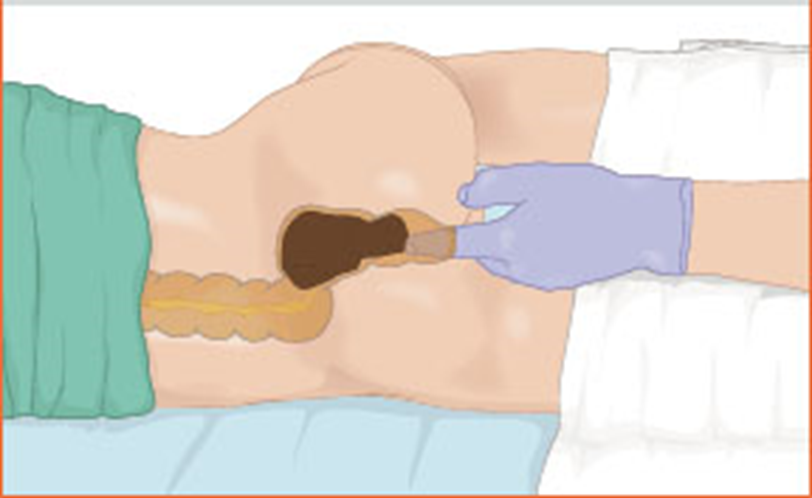The nurse is teaching a client about the use of syringes and needles for home administration of medications. Which action by the client indicates an understanding of standard precautions?
Washes hands before handling the needle and syringe.
Wears gloves to dispose of the needle and syringe.
Dons a face mask before administering the medication.
Removes the needle before discarding used syringes.
The Correct Answer is A
Choice A reason: Hand hygiene is the foundation of Standard Precautions and the single most effective action to prevent transmission of infectious agents. Performing handwashing or using an alcohol‑based hand rub immediately before preparing or administering an injection removes transient microorganisms acquired from touching surfaces and protects both the client and the environment from contamination
Choice B reason: While wearing gloves during handling and disposal of contaminated sharps is recommended whenever there is potential contact with blood or body fluids, it is a secondary barrier. Reliance on gloves alone is insufficient because gloves can have micro‑perforations and are removed after use, making hand hygiene before and after glove use the priority
Choice C reason: Donning a face mask before administering the medication is not a necessary action to indicate an understanding of standard precautions. A face mask is only required when there is a risk of droplet transmission of infectious agents, such as when caring for a client with respiratory infections. It is not needed for self-administration of medications, unless the medication is aerosolized or nebulized.
Choice D reason: Removing the needle before discarding used syringes is not a safe action to indicate an understanding of standard precautions. It increases the risk of needle-stick injuries and contamination. The needle and syringe should be disposed of as a single unit in a puncture-resistant container.
Nursing Test Bank
Naxlex Comprehensive Predictor Exams
Related Questions
Correct Answer is A
Explanation
Choice A reason: This is the most therapeutic response as it invites the client to share her feelings and thoughts about the visit. It also shows the nurse's interest and empathy for the client.
Choice B reason: This is a less therapeutic response as it is vague and non-specific. It does not address the client's behavior or mood. It also puts the burden on the client to initiate the conversation.
Choice C reason: This is a less therapeutic response as it assumes that the client enjoyed the visit. It may not reflect the client's true feelings or experiences. It also limits the client's expression to positive aspects only.
Choice D reason: This is a non-therapeutic response as it labels the client's emotion without validation. It may not accurately describe the client's feeling or situation. It also closes the communication by making a statement instead of asking a question.
Correct Answer is D
Explanation
Choice A reason: This is not the most important assessment because abdominal girth is not a reliable indicator of fecal impaction. Abdominal girth can vary depending on the client's body type, fluid status, and other factors.
Choice B reason: This is also not the most important assessment because breath sounds are not directly related to fecal impaction. Breath sounds can be affected by respiratory conditions, smoking, allergies, and other factors.
Choice C reason: This is another incorrect choice because bowel sounds are not the most important assessment either. Bowel sounds can be diminished or absent in clients with fecal impaction, but they can also be altered by other gastrointestinal disorders, medications, and dietary factors.
Choice D reason: This is the correct choice because vital signs are the most important assessment prior to initiating digital removal of a fecal impaction. Vital signs can indicate the client's hemodynamic status, pain level, and risk of complications such as vagal stimulation, perforation, or infection. The nurse should monitor the client's blood pressure, pulse, respirations, and temperature before, during, and after the procedure.

Whether you are a student looking to ace your exams or a practicing nurse seeking to enhance your expertise , our nursing education contents will empower you with the confidence and competence to make a difference in the lives of patients and become a respected leader in the healthcare field.
Visit Naxlex, invest in your future and unlock endless possibilities with our unparalleled nursing education contents today
Report Wrong Answer on the Current Question
Do you disagree with the answer? If yes, what is your expected answer? Explain.
Kindly be descriptive with the issue you are facing.
